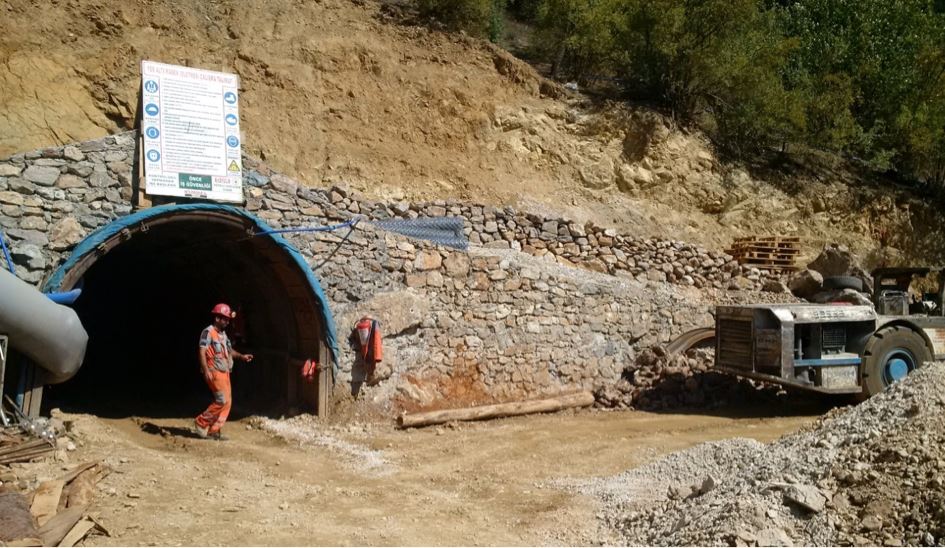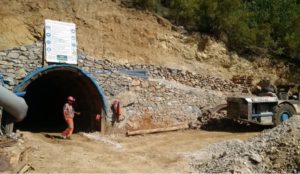Pasinex retracts zinc mine technical report

The 670 metre adit at the Pinargozu zinc mine in Turkey, Source: Pasinex Resources Ltd.

Pasinex Resources Ltd. [PSE-CSE; PNX-FSE] said Friday December 7 that it has retracted a technical report for its Pinargozu zinc mine in Turkey following a review by the British Columbia Securities Commission (BCSC).
The company said it has been advised by the BCSC that the December 20, 2017 technical report does not comply with National Instrument 43-101 standards of disclosure for mineral projects.
Therefore, the mineral resources disclosed in the report cannot be relied upon.
In a press release, Friday, Pasinex said it now intends to file an updated technical report on the Pinargozu Mine to clarify and correct previous disclosures that were not compliant with NI 43-101 disclosure standards.
Pasinex also said it will be working with independent geological consultant, CSA Global Pty Ltd., to prepare and file the updated report.
Pasinex shares were unchanged on the news, and traded at 9.5 cents Friday in a 52-week range of 27 cents and $0.075 cents.
Pasinex is a company that was launched in 2012 by Steve Williams, an Australian metallurgist with a background in geometallurgy. He is now the company’s CEO. Since then, Pasinex distinguished itself by getting its high-grade Pinargozu zinc mine into production without going through all the usual regulatory and financing hoops.
Pasinex achieved that goal after making an early decision to join forces in a 50/50 joint venture with Turkish mining company Akmetal AS to look for zinc and lead deposits in the Adana and Kayseri regions of southern Turkey.
They planned to focus an area that is underlain by a northeast-southwest trending belt of carbonate-dominated rocks (the Horzum Zinc Trend) that are known to host small high-grade oxide zinc deposits, many of which had been mined already.
That included the former Horzum Mine, which was operated by Akmetal and produced approximately 1 million tonnes of zinc oxide ore (grading between 20% and 30% zinc) from 1974 to 2000, including 420,000 tons of sulphide ore.
When the joint venture announced in May 2013 that it had acquired the Pinargozu exploration license immediately to the north of the Horzum Mine, Pasinex director Sven Olsson said Akmetal officials were confident that it could be put into production without the help of a formal resource estimate.
Akmetal argued that the joint venture could finance the operation by shipping the high-grade ore to customers and using the revenues to pay for mine development. This is common practice in Turkey, but highly unusual in North America.
However, Williams said the decision to proceed to production without a feasibility study created the risk of failure. As a result, the company tried to remove some of that risk by delivering a resource estimate that it hoped would be compliant with NI 43-101 standards of disclosure.
On November 9, 2017, the company announced a maiden resource of 200,000 tonnes, averaging 31% zinc. This equates to 61,600 tonnes of contained zinc metal or approximately 135.7 million pounds of zinc. The company said three-quarters of the resource tonnage consisted of oxide material at an average grade of 29% zinc. One quarter of the tonnage consists of zinc sulphides at an average grade of 35% zinc with silver credits.
It followed this up by announcing on December 20, 2017 that the technical report had been filed.
